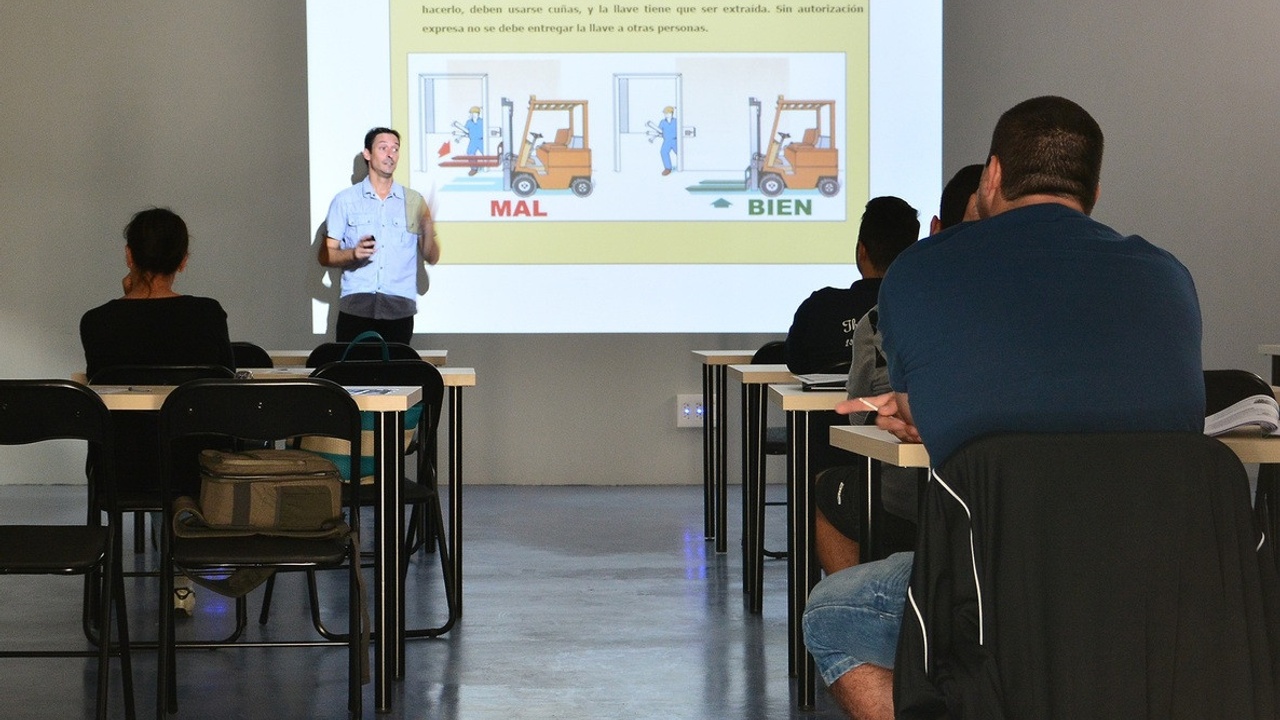Who & How Support the Why…
Aug 24, 2022
When the organization I worked for started the initial rollout of a new safety initiative in 1998, everyone being trained to participate in even the basics of the process went through a three day workshop. The folks who were to be part of the steering committee” went through an additional week of training so they’d understand how to run reports, analyze data from this new approach, and develop action plans based on what they found. By the time I became responsible for overseeing that process just a few years later, anyone we trained to participate in the behavioral observation process received just two days of introductory training, which we were later required to reduce to a day and a half, and any new members of that steering committee learned on the fly without any formal training at all. Over time, I figured out ways to work through those limitations and still achieve the results I was tasked with but I’d be lying if I said it wasn’t an uphill battle…
Quite honestly, maintaining even that much time in the training cycle for folks involved in the process was pretty miraculous; a select few management team members were staunch supporters and we were achieving measurable results. Nearly every other new approach to changing the culture in that facility in any way suffered a far different fate. Whether it was tied to quality, process improvement, or even developing the personnel in supervisory or management roles (notice I didn’t refer to them as leaders), I don’t remember any of the “training” consisting of anything more than reading directly from a handful of PowerPoint slides before passing around a sign-in sheet and sending everyone back to work - to keep doing exactly what they had been doing…
If we were pressed to show whether or not any of that training was worth it, especially the little bit that was labeled as leadership training, I believe nearly everyone involved at any level - with the possible exception of the person delivering the training - would respond with an adamant NO! And if we pressed those trainers hard enough, I’d guess they’d eventually concede as well… They weren’t stupid, but they couldn’t openly admit that it was a complete waste of time!
While the amount of time we dedicate to teaching our team anything new matters, especially those with leadership responsibility, there are a few things that we have to consider if we want to ensure we’re doing more than checking some box and we achieve tangible results.
I have no doubt that you’ve been through those training sessions where someone reads directly from the slides. I won’t bother asking for a response as to how effective you think that is… But how about the sessions where the individual delivering the material has no relevant experience whatsoever? Even if they’ve been able to memorize a few sentences that aren’t on the slides, they still have no real idea as to how what they’re sharing ties back to anything you’re dealing with… And what about someone who does have some experience but has managed to alienate nearly everyone in the group? I haven’t seen that drive exception results either…
For the majority of people I’ve ever known, worked with, or even trained personally, being competent in the subject matter and earning at least a little bit of influence by developing a personal connection are defining factors in whether or not the least bit of the training being provided is received. Remember that know/like/trust thing? It applies here too… But even then, regardless of the time slot (which we’ll circle back to later), any training delivered is really only the starting point.
John Maxwell defines The Law of Process, chapter three in The 21 Irrefutable Laws of Leadership, by saying that “Leadership is developed daily, not in a day.” Next time, we’ll look at what we absolutely have to do in any initial training to have even the slightest expectation of seeing results!


